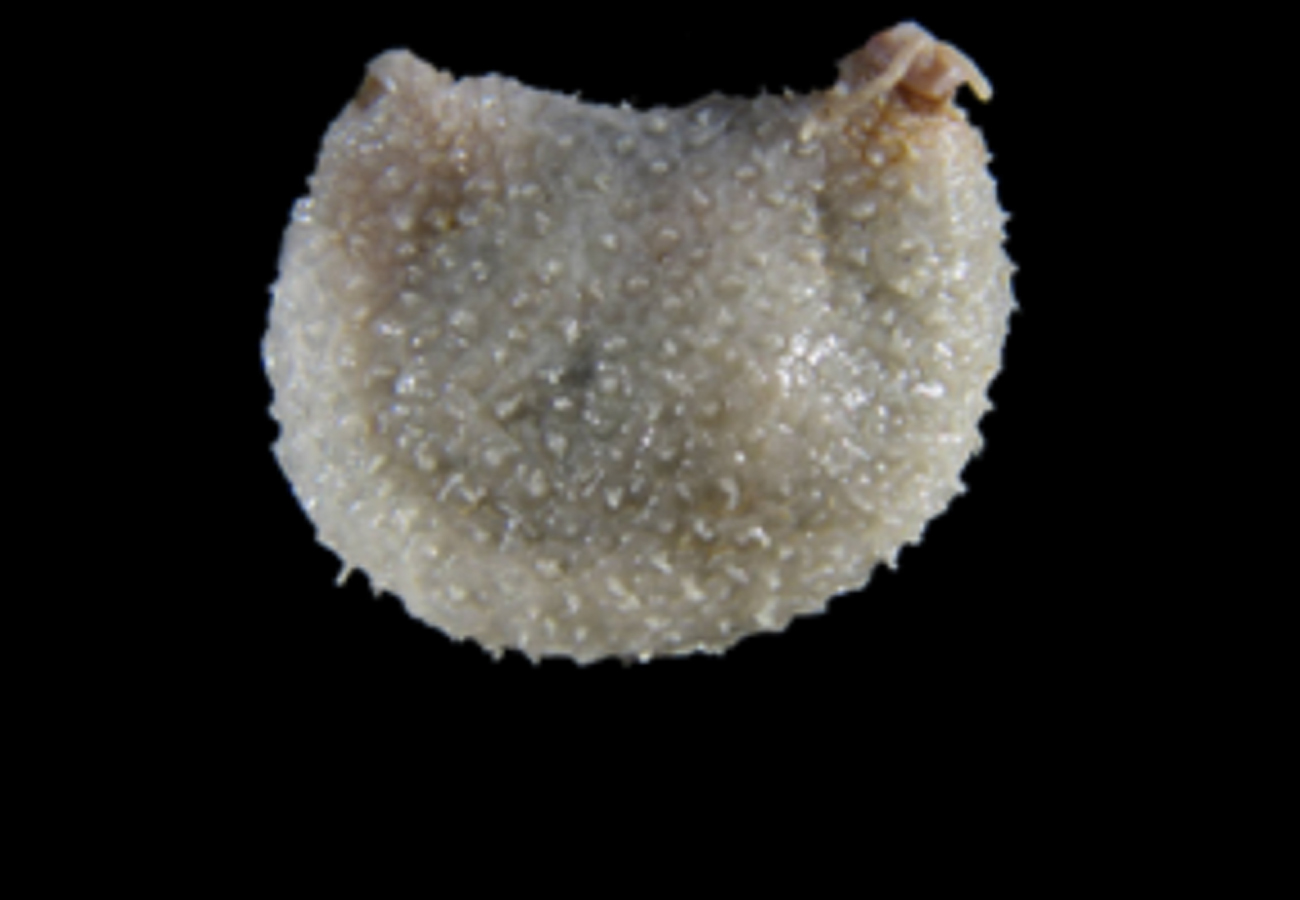Abstract
Larvae of a previously unknown species of gall midge were found causing large numbers of pustulate leaf galls on Peking lilac, Syringa reticulata subsp. pekinensis (Oleaceae), in parklands and street greenery in Beijing, China. Heavily galled leaves become senescent and fall off prematurely. The gall midge is named Pekinomyia syringae Jiao & Kolesik, its morphology is described and the COI mitochondrial gene and 12S ribosomal gene segments are sequenced. A new genus, Pekinomyia Jiao & Kolesik (Cecidomyiinae: Lasiopteridi), is erected for the new species. The new genus differs from other Lasiopteridi in the strongly sclerotized aedeagus and the lack of mesobasal lobes in the male terminalia and is not assigned to any known tribe.
References
Dorchin, N., Harris, K.M. & Stireman, J.O. (2019) Phylogeny of the gall midges (Diptera, Cecidomyiidae, Cecidomyiinae): systematics, evolution of feeding modes and diversification rates. Molecular Phylogenetics and Evolution, 140, 106602.
https://doi.org/10.1016/j.ympev.2019.106602
Fedotova, Z.A. & Sidorenko, V.S. (2004) A new genus and species of gall midges from the Russian Far East (Diptera: Cecidomyiidae). International Journal of Dipterological Research, 15, 9–55.
Folmer, O., Black, M., Hoew, W., Lutz, R. & Vrijenhoek, R. (1994) DNA primers for amplification of mitochondrial cytochrome c oxidase subunit I from diverse metazoan invertebrates. Molecular Marine Biology and Biotechnology, 3, 294–299.
Gagné, R.J. (2016) Three new genera and three new species of Nearctic Lasiopteridi (Diptera: Cecidomyiidae: Cecidomyiinae) from Asteraceae and Caprifoliaceae, and the tribe Rhopalomyiini subsumed under Oligotrophini. Zootaxa, 4158 (3), 403–418.
https://doi.org/10.11646/zootaxa.4158.3.6
Gagné, R.J. & Jaschhof, M. (2017) A Catalog of the Cecidomyiidae (Diptera) of the World. 4th Edition. Digital. U.S. Department of Agriculture, c/o Smithsonian Institution, Washington, DC. Available from: https://www.ars.usda.gov/ARSUserFiles/80420580/Gagne_2017_World_Cat_4th_ed.pdf (accessed 4 November 2019)
Kambhampati, S. & Smith, P.T. (1995) PCR primers for the amplification of four insect mitochondrial gene fragments. Insect Molecular Biology, 4, 233–236.
https://doi.org/10.1111/j.1365-2583.1995.tb00028.x
Kolesik, P., Woods, B., Crowhurst, M. & Wirthensohn, M.G. (2007) Dasineura banksiae – a new species of gall midge (Diptera: Cecidomyiidae) feeding on Banksia coccinea (Proteacea) in Australia. Australian Journal of Entomology, 46, 40–44.
https://doi.org/10.1111/j.1440-6055.2007.00584.x
Kovalev, O.V. (1964) A review of the gall midges (Diptera, Itonididae) of the extreme south of the Soviet Far East. I. The supertribe Asphondylidi. Entomologicheskoe Obozrenie, 43, 418–446. [In Russian, English translation in Entomological Review (1965), 43 (2), 215–228]
Möhn, E. (1955) Beiträge zur Systematik der Larven der Itonididae (=Cecidomyiidae, Diptera). 1. Teil: Porricondylinae und Itonidinae Mitteleuropas. Zoologica, 105 (1&2), 1–247, 30 plates.
Sikora, T., Jaschhof, M., Mantič, M., Kaspřák, D. & Ševčík, J. (2019) Considerable congruence, enlightening conflict: molecular analysis largely supports morphology-based hypotheses on Cecidomyiidae (Diptera) phylogeny. Zoological Journal of the Linnean Society, 185, 98–110.
https://doi.org/10.1093/zoolinnean/zly029

